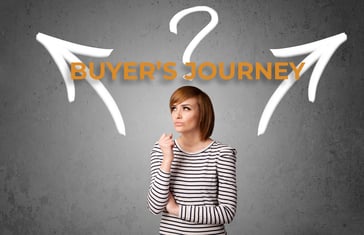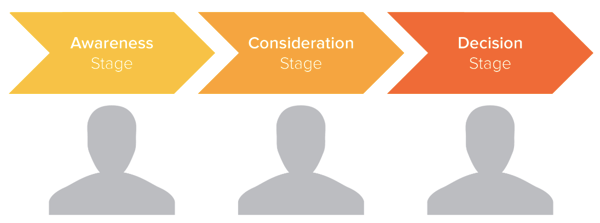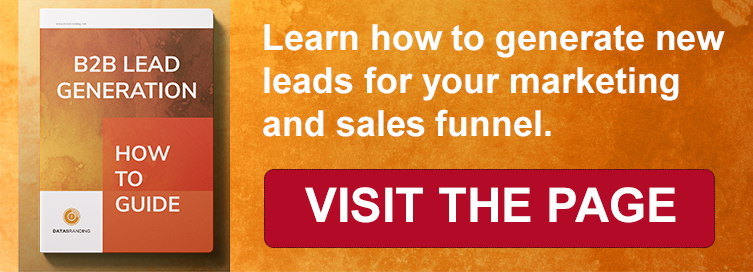
Would you like to know how your potential customers make their purchase decision? What are the assets that tip their scales? Discover in this article the methodology that is being used in marketing to help them make that decision and take your brand, product or service into account.
What is a Buyer's Journey?
Buyer's Journey is how we name the stages by which buyers make a purchase decision. Depending on how experienced a buyer is, he will know how to buy within an industry, a range of products or services.
The kind of information that should be given to your buyers must be different for every stage so that they can learn more and evaluate their options.
What we want is to create trust in our clients by offering objective and transparent information. Information that will be indeed helpful when making their buying decision.
Which are the Buyer's Journey Stages?

Awareness
In this stage potential customers don't know much about their problem and how to solve it. That is why the content in this stage must focus on showing the main pains of the problem, or the importance of solving it.
Usually, the buyer shows some "symptoms" that worry him, which is why he starts making an online research, to learn how to solve it.
For example: You feel you need to buy a TV, it's become an issue for you. You Google: "How to buy a plasma TV?"
In this example, the information for this 1st stage will focus on explaining that there are not only plasma screens but also LCD and LED screens. That in addition to these options, they can choose many other options:
- Stereoscopy or 3D with its 3 types of technology
- Inputs such as HDMI, DVI, Compounds, Components, USB, Serial Digital and Optical.
- Kind of audio with an endless number of outputs for optional equipment for home theater.
- And finally, if you want it to be smart or not.
As you can see, buying a television nowadays is a pain. But with the content that you'll offer, you'll give the client a guide on screens and on the needs or problems each are supposed to solve.
You offer them to continue doing their research in another article, blog, video or ebook. By doing so, you help them move to the next stage.
Consideration
In the consideration stage, the person evaluates the options that he has in terms of kind of product or service. Prospects have already defined to a certain extent which is the option that most appeals to them, but they want to be sure they aren't wasting their money.
Back to our television example; in this stage, the information focuses on explaining the advantages and disadvantages of each of the options, also showing the results of choosing one or the other.
Decision
At this stage, the buyer has chosen the company or brand that best solves his problem. He won't choose the companies that he thinks won't solve his situation. He's already clear about his problem and the options he has to solve it.
If a buyer continues to download and read your content, it means that you have managed to make it to his short list. At this stage the content should focus on why your company, product or service is special, unlike the competition and how you will solve the situation. Focus the content on that experience.
Why is the Buyer's Journey methodology important?
Because it's very important that the buyer is helped in a honest, transparent and truthful way, during each stage, in order to move forward on his decision making.
What we are building with this part of the inbound methodology is trust. And people only do business with those who they trust. So it's the best way to start building this relationship.
Benefits of applying a Buyer's Journey Methodology in your Marketing Strategy
- It's a non-invasive technique, the buyer gets involved at his own pace
- We disarm the notion that we are selling to them since we are actually helping them solve a problem.
- The buyer, on his side, is investigating and not buying, so he is more open to receive the information that we send to him.
- The information focuses on the customer and on how to solve his problem, not on the benefits of the product, brand, service or company.
To sum things up...
Communication improves a lot, the buyer looks for information and gets involved with the contents as much as he wants to, depending on how he regards the importance of his problem.
Learn more about the INBOUND methodology and how to improve your digital marketing.

